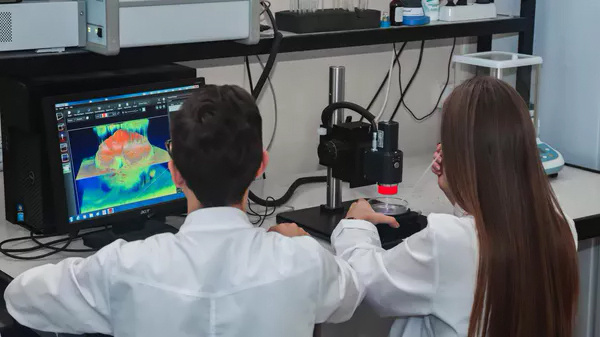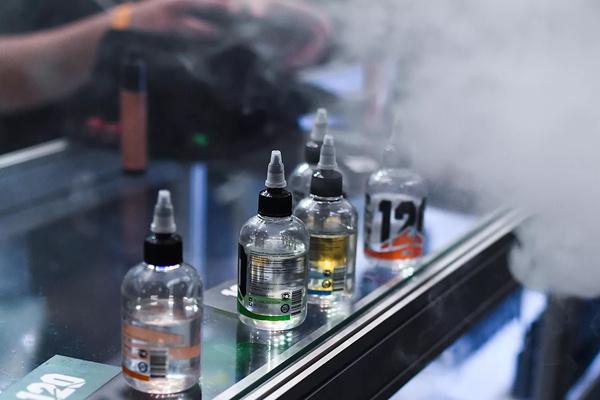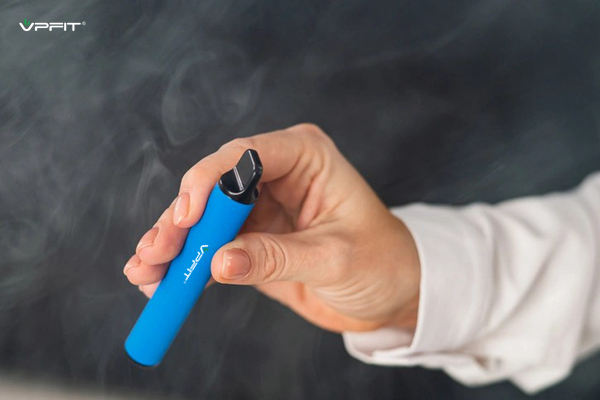
Quebec, Canada Will Ban Flavored Vapes And Limit E-liquid Capacity
August 8, 2023
China Vape Export Data In The First Half of 2023
August 10, 2023According to RIA Novosti, scientists from the Saratov National Research State University in Russia accidentally discovered other uses of vape pen e-liquid oil in the medical field.
According to them, the components of vape pen oil can increase the transparency of tissues to light waves.
Thus it allows doctors to better observe the affected organs and irradiate them more evenly during treatment. For example, in the treatment of mucous membranes of the larynx and lung cancer middle.
Professor N. G. Chernyshevsky of Saratov National Research University introduces about the study. He says, optical tissue visualization is considered a promising direction for medical diagnosis. It allows to study in detail the area of spread of the disease, especially cancer, and to study the internal structure of the cell.
In order for the radiation to pass through the skin and internal organs uniformly and deeply, a special clearing agent is required. That is, a substance that reduces the scattering of light by biological tissue and does not absorb light in the desired wavelength range. This is critical to successfully diagnosing the disease.

Scientists are researching the e-liquid in vape pen
In different new biodiagnostics of the respiratory and oral cavities the optimal clearing agent is E-liquids in vape pens.
Valery Tukhin, head of the Department of Optics and Photonics at Saratov National Research State University and member of the Russian Academy of Sciences, explains about this.
“Our research proves that in different new biodiagnostics of the respiratory and oral cavities the optimal clearing agent is E-liquids in vape pens. They consist of vegetable glycerin and propylene glycol, two substances that have shown high efficiency in previous clearing agents. And their combination is most effective.”
He also noted that glycerol is a unique active ingredient in this diagnostic. Because it does not absorb light in a very broad spectral range. The shortest wavelength from infrared to ultraviolet is about 150 nanometers. Propylene glycol, on the other hand, enhanced the permeability of the biofilm to glycerol.
Since the ratios of these two components vary in different mixtures, it is easy to choose the optimal ratio for medicinal use. It should be noted that the vape pen e-liquids in question by the scientists do not contain nicotine or flavorings.
He continued: “These properties are not only required in diagnostics, but also in phototherapeutic treatments. Such as treating cancer with laser irradiation or other sources of light waves, etc. And it greatly increase the photosensitivity of specific tissues. Glycerol-propylene glycol mixtures not only provide better target visualization and more uniform light distribution deep in the tissue. These advantages will help reduce radiation dose and improve treatment outcomes.”
The scientists adds that e-liquid in vape pen could also be used as an antifreeze when freezing living organs.
That is, placing an organ in such a mixture, and it can cool the organs to very low temperatures without forming sharp ice cubes that may damage cells.
This research was supported by the Russian Science Foundation (grant number: 23-14-00287).






